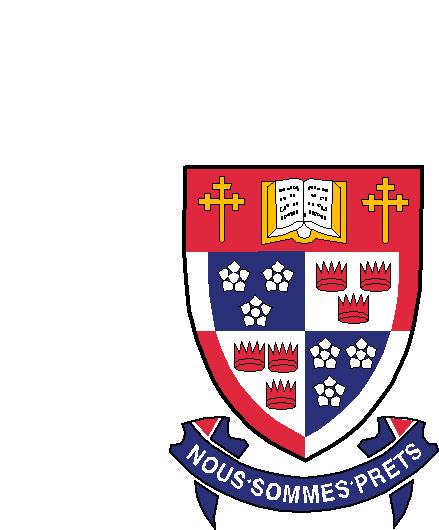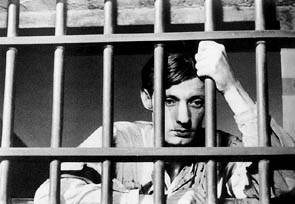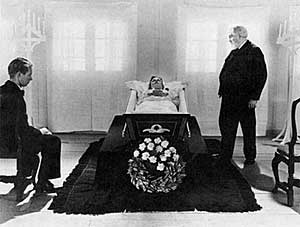
This is the page by Young-Chan Thomas Choi.
I am currently attending Simon Fraser University,
in my 3rd and 1/2 year and majoring in geography and film.
The two subjects seem to be very far apart in many aspects but they
are
actually very similar in nature because they both study the spatial
relationship.
Geography studies the relationship between places and phenomenons and
film shows the representation of how our unconscious and perception
interplay to create space on screen. Inside/Outside frame-orientation
and directional gazes are good example to consider for this subject.
Obviously, watching film is my favorite past time and among the directors,
the films by
a French director Robert Bresson and
a Dane
Karl Theodore Dreyer
are of my favorite
and I'd recommend to anyone who is seriously interested in films.
Bresson, a "Christian Atheist"
by his paradoxical claim, is very meticulate when it
comes to organizing the cinematic space within and outside of frame
to evoke the presence of intangible.
 A Man Escaped (1956)
by Robert Bresson
A Man Escaped (1956)
by Robert Bresson
Bresson's most famous, and to some
his best, film is A Man Escaped (1956).
Like its hero, Fontaine (François Leterrier), Bresson
spent time as a prisoner of war,
and this may account for some of the film's intensity. Bresson gets
enormous tension
out of the excruciating details of confinement and attempted escape.
The mounting effect of these details — Fontaine's methodical unraveling
and reworking of
clothing into ropes and mattress springs into hooks, the marches through
the prison yard — creates a virtual dream state and a sense of anxiety
in the viewer
because, in spite of the detail and the film's title, it's not clear
Fontaine will escape.
Bresson managed to make only thirteen
films in his life time.
BUT All his thirteen films are unshamed to be called masterpieces.
As Jean-Luc Godard once said, he is to the French cinema
what Dostoevsky was to the Russian Literature.
 Ordet
(1956) by Karl Theodore Dreyer
Ordet
(1956) by Karl Theodore Dreyer
Dreyer, on the other hand, shows
us the slow, deliberate, gorgeously lit stories about
vampires, witch trials, resurrection, faith, and infidelity in conservative
forms like
the chamber play, and with demanding stylistic strategies like the
long take.
The stories that Dreyer shows us
are as strange and real as anything
I have ever seen (and was briefly led to belive in actual ressurection).
If you wish to know more about the two directors and their films
go check out this excellent link
from which I have borrowed the pictures
and the texts.
And here is the link to my Geog 355 GIS project page
in which I talk about garbage-related business.
